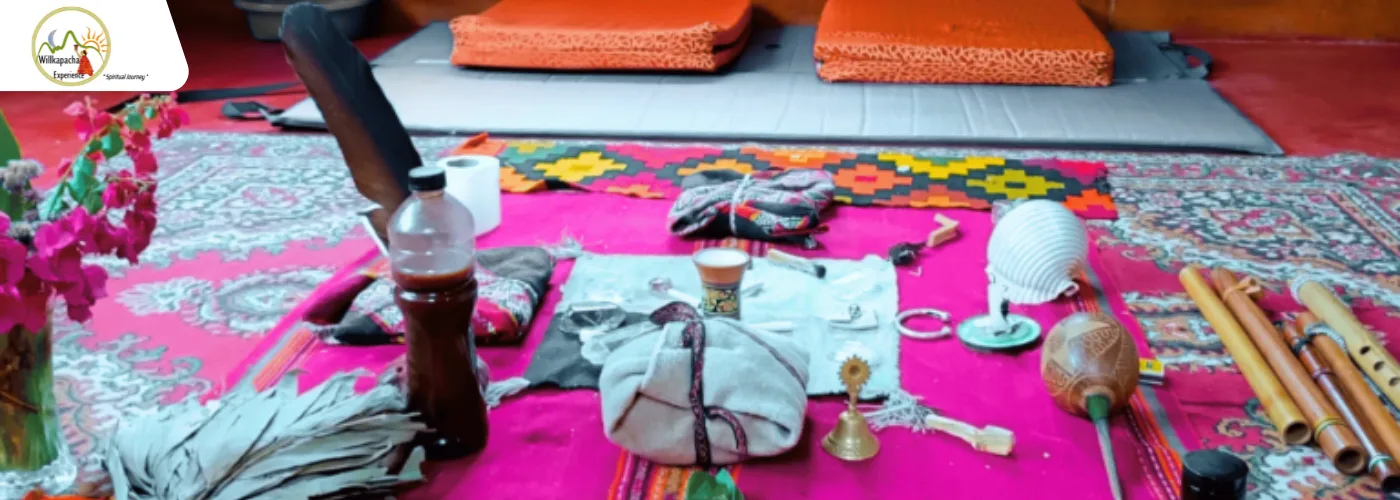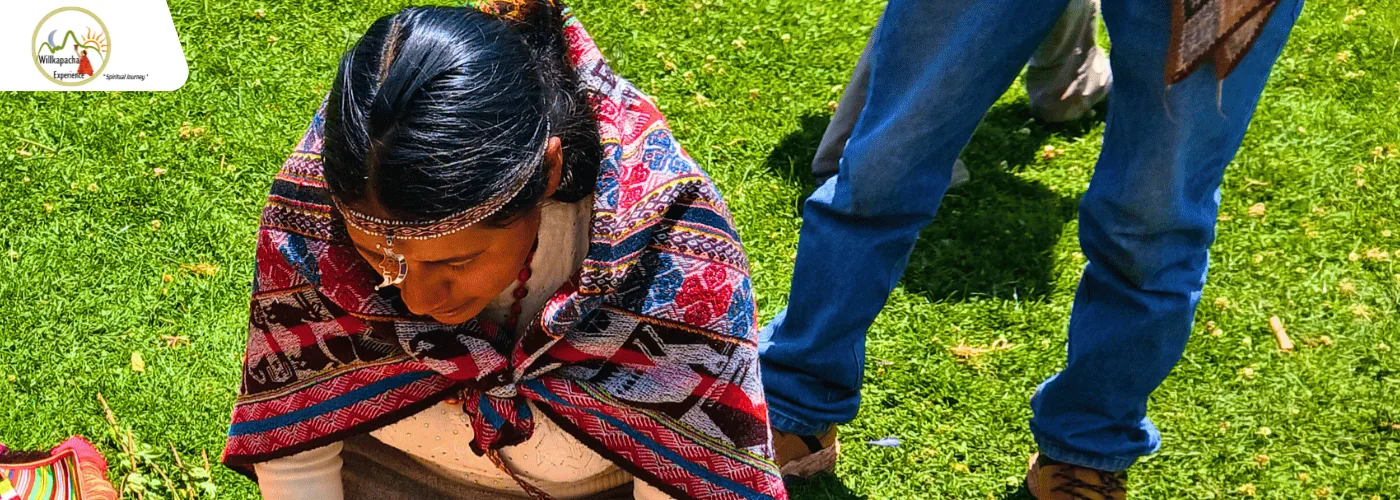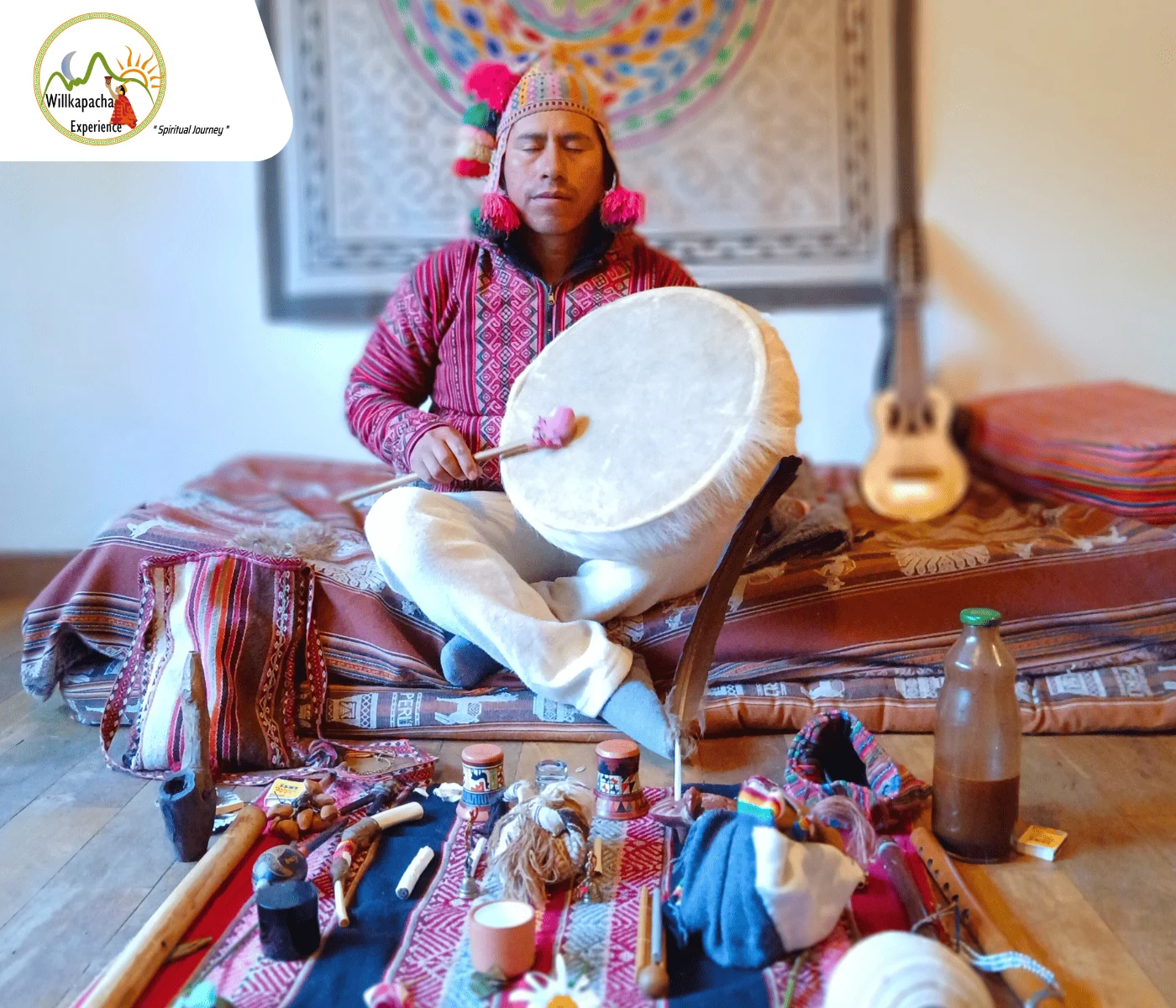Spiritual practices have always helped people connect with themselves and with nature. One of the most different practices is the San Pedro ceremony. It is a sacred ritual from the Andes. It uses the San Pedro cactus as a plant medicine. At the centre of this ceremony stands the shaman. This is a traditional healer who helps people through healing and spiritual finding. Understanding the role of the shaman gives insight into why this ceremony is so powerful.
Shaman in San Pedro Ceremony
A shaman in San Pedro ceremony is not just a person who prepares the plant medicine. The shaman takes on the role of a teacher. They are the protectors and healers during the ritual. From the moment the ceremony begins, the shaman sets the atmosphere with prayers and blessings. They help participants feel safe as they enter a state where the mind opens. They are there to help when the heart becomes more sensitive. Without this guidance, many people would find the ceremony confusing and overpowering.
The Shaman as a Spiritual Guide
The spiritual guide in San Pedro ceremony is someone who understands the visible world and the spiritual world. Participants face emotional memories and fears. They have deep thoughts during the ritual. The shaman provides comfort and meaning to these experiences. Through chants and quiet words, the shaman helps people release negative energy. The participants open themselves to healing. The role is not about controlling the experience. It is about guiding it gently. So the person can find clarity and peace.
The Medicine Man’s Role in Healing
The medicine man in San Pedro ceremony carries knowledge passed down through generations. This knowledge includes
- preparing the cactus safely,
- leading people through the visions the cactus may bring
The medicine man works with tradition and intuition. They observe each participant. They give extra support where it is needed. The goal is always healing, whether it is physical, emotional, or spiritual. Many people report that the presence of the medicine man helps them feel cared for. They feel respected during their vulnerable moments.
Creating a Safe Space
Another important part of the shaman’s role is to create a safe space for all participants. The San Pedro ceremonytakes place in natural settings such as mountains and open land. The shaman blesses the area. They call upon spirits and ancestors for protection. By doing this, the shaman makes sure that participants feel secure enough to open their minds as well as their hearts. The safe space is not only physical. But it is also emotional. Here, people feel free from judgment.
Guiding Through the Experience
As the plant medicine begins to work, people may see visions. They may feel strong emotions. They may even experience new awareness. The shaman watches closely. They use songs, called icaros, to help the flow of energy. The shaman steps in to bring calm if a participant feels lost and afraid. If someone needs to release sadness and anger, they encourage that process in a supportive way. This helps the person gain insights that can later be applied in everyday life.
Teaching Lessons Beyond the Ceremony

The role of the shaman does not end when the effects of the cactus wear off. After the San Pedro ceremony, the shaman helps participants reflect on their experience. Many lessons from the ritual only make sense when discussed and integrated afterwards. The shaman teaches ways to carry this wisdom into daily routines and personal growth. This follow-up makes sure that the healing continues long after the ritual itself.
Connecting with Nature and Spirit
The San Pedro cactus is a sacred plant. It links humans with a different world. Shamans act as a bridge between these worlds. They remind participants that healing is not just about the self. It is also about coordination with the earth and ancestors. The shaman makes the ceremony a collective one by leading prayers and rituals. Participants feel more connected to the land and to life itself.
Why the Shaman’s Role Matters?

Without this person, this ceremony would lose much of its meaning and safety. The plant medicine is powerful. But it needs wise supervision. Shamans provide structure and safety. They provide spiritual understanding.
They make sure that the experience becomes a path to growth rather than confusion. Their role is practical and sacred, making them an essential part of the ceremony.
Conclusion
The San Pedro ceremony is more than just taking a plant. It is a path of healing and self-discovery guided by a wise shaman. As ashaman in San Pedro ceremony, the healer acts as teacher and protector. As a spiritual guide, they give comfort and meaning to deep experiences. They use ancient knowledge to lead people towards healing. Through their role, participants not only heal themselves. They also reconnect with nature and spirit. The shaman’s presence makes the ceremony a safe and life-changing experience.
Want to know more about this ceremony? Speak to us at Willkapacha Experience. Our support team is always present to answer your queries.
FAQs
How long does a San Pedro ceremony usually last?
It can be anywhere from 6 to 12 hours. The time depends on the setting and guidance of the shaman.
Is the San Pedro cactus safe for everyone to use?
Not everyone should take it. People with certain physical and mental health issues should avoid it unless approved by a doctor.
What should someone do to prepare for a San Pedro ceremony?
Participants are usually advised to eat light food. They must avoid alcohol. They must enter the ceremony with an open mind and a respectful attitude.
Do shamans speak throughout the ceremony?
Shamans may not speak constantly. They use songs and quiet guidance. They step in only when needed.
Can a San Pedro ceremony help with emotional pain?
Yes. Many people find relief from emotional pain, such as grief and fear. The shaman helps participants release these feelings safely during the ritual.

